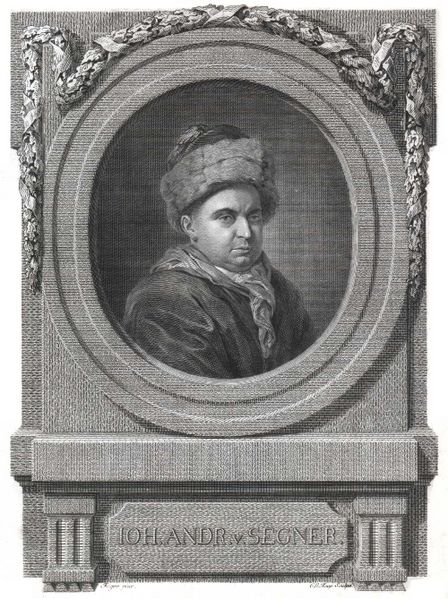<Back to Index>
- Physician, Physicist and Mathematician Johann Andreas Segner, 1704
- Director Jacques Tatti, 1907
- 1st President of Senegal Léopold Sédar Senghor, 1906
PAGE SPONSOR

Johann Segner (October 9, 1704 - October 5, 1777) was a Hungarian born (original name: Segner János András) German scientist. He was born in the Kingdom of Hungary, in the former Hungarian capital city of Pressburg (today Bratislava, Slovakia).
Johann Segner's ancestors came from Styria to Pressburg in the Kingdom of Hungary; by the 18th century. He studied at Pressburg, Győr and Debrecen. In 1725 Segner began studying at the University of Jena. In 1729 he received a medical certificate and returned to Pressburg, where he started to work as a physician, as well as in Debrecen. In 1732 he returned to Jena for his master's degree. In 1735 Segner became the first professor of mathematics, a position created for him, at the University of Göttingen. In 1755 he became a professor at Halle, where he established an observatory. One of the best known scientists of his age, Segner was a member of the academies of Berlin, London, and Saint Petersburg.
He was the first scientist to use the reactive force of water and constructed the first water - jet, the Segner wheel. When we turn on our sprinklers in the garden, we should remember Segner, who also produced, among other things, the first proof of Descartes' theory of signs. Historians of science remember him as the father of the water turbine.
Segner was the first mathematician to demonstrate the sign convention of Descartes. The lunar crater Segner is named after him, as is asteroid 28878 Segner.